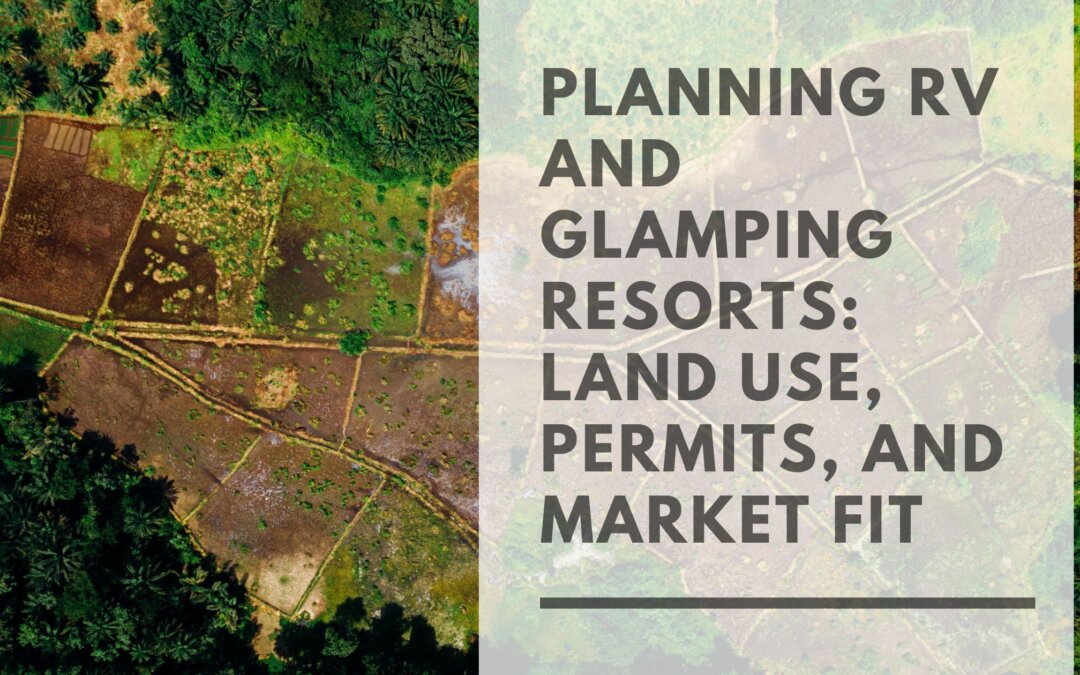The rise of experiential travel has fueled demand for RV parks and glamping resorts that offer outdoor adventure with modern comfort. These developments appeal to a diverse audience—from digital nomads to families seeking nature escapes—and offer real estate developers a chance to tap into a resilient, growing niche. However, success in this segment depends heavily on smart land use planning, regulatory navigation, and accurate market positioning.
The first challenge is land acquisition. Ideal sites for RV and glamping resorts are typically found in scenic rural areas or near national parks, lakes, and hiking trails. Yet, these areas often come with zoning and infrastructure challenges. Developers must evaluate access to utilities like water, sewer, and electricity, or be prepared to install self-contained systems. Additionally, topography, floodplain risks, and environmental sensitivities all impact feasibility.
Zoning regulations vary widely by county and municipality. Many rural jurisdictions don’t have zoning ordinances that clearly define RV or glamping use, requiring special-use permits or zoning amendments. Developers must engage early with planning departments to understand applicable codes and build community support, especially if neighbors are concerned about increased traffic or noise.
Entitlements for RV parks can include requirements for road widths, spacing between units, waste disposal systems, and fire safety measures. Glamping resorts—featuring yurts, safari tents, treehouses, or tiny homes—may fall into gray areas of local code, complicating permitting. Partnering with architects and civil engineers familiar with hospitality and recreational use is crucial for plan approvals.
Beyond the regulatory landscape, the next step is market analysis. Who is your target guest? Some resorts cater to luxury travelers seeking Instagram-worthy accommodations and gourmet food trucks, while others offer simple hookups and quiet surroundings for full-time RVers. Understanding guest expectations shapes everything from site layout and amenities to nightly rates and branding.
Developers should study competing parks in the region, seasonal occupancy patterns, and demand drivers. For example, proximity to ski resorts or wine regions may influence design themes and pricing strategy. Amenities like swimming pools, Wi-Fi, pet areas, and event spaces can create differentiation and drive repeat bookings.
Successful RV and glamping resorts blend smart planning with an immersive guest experience. Thoughtful layout—balancing privacy and views with walkability—enhances guest satisfaction. Maintenance and operations plans, including security, waste management, and landscaping, must be built into the early stages to ensure long-term profitability.
Finally, developers must consider exit options. Some investors build to hold and operate, generating recurring income. Others may sell to national operators or REITs once the resort stabilizes. Either way, thorough documentation of permits, financials, and guest reviews supports a smooth transaction.
Planning RV and glamping resorts is a multidisciplinary effort that spans land use, design, permitting, and hospitality strategy. Developers who align their projects with market demand, regulatory realities, and guest preferences can unlock exceptional value in this growing real estate niche.
